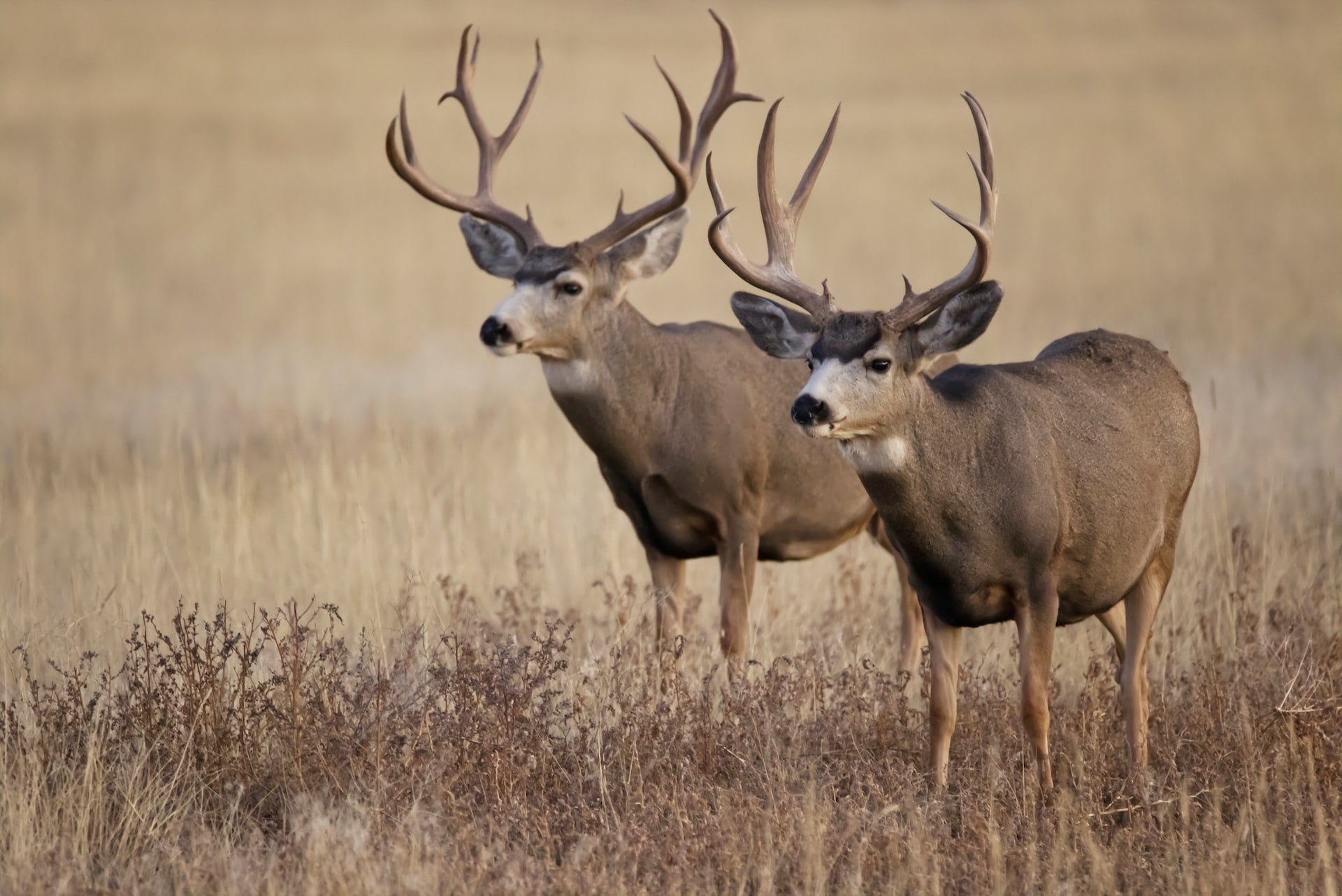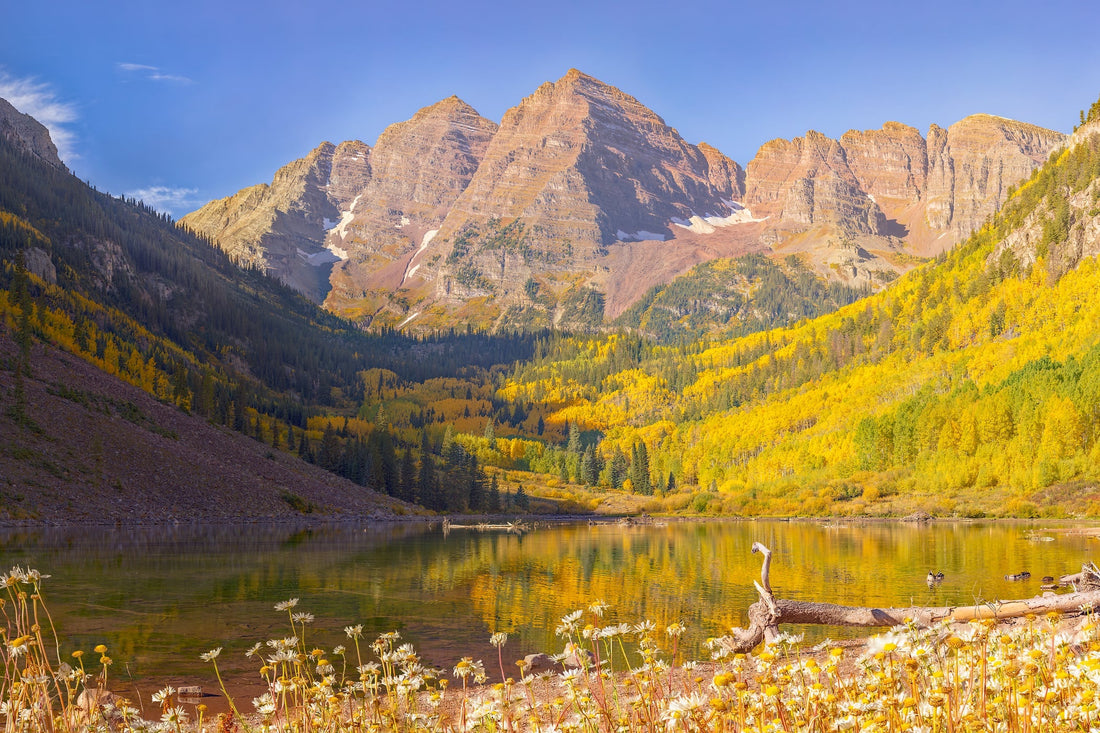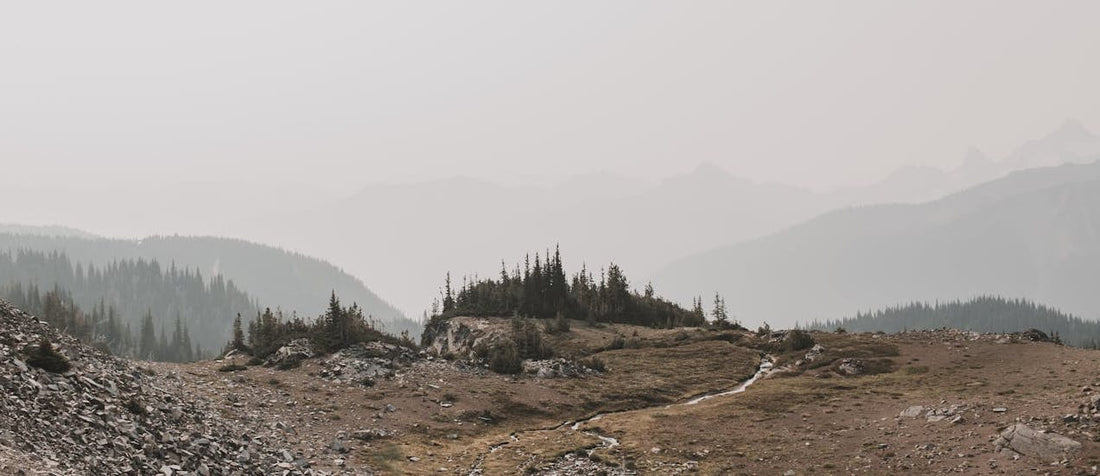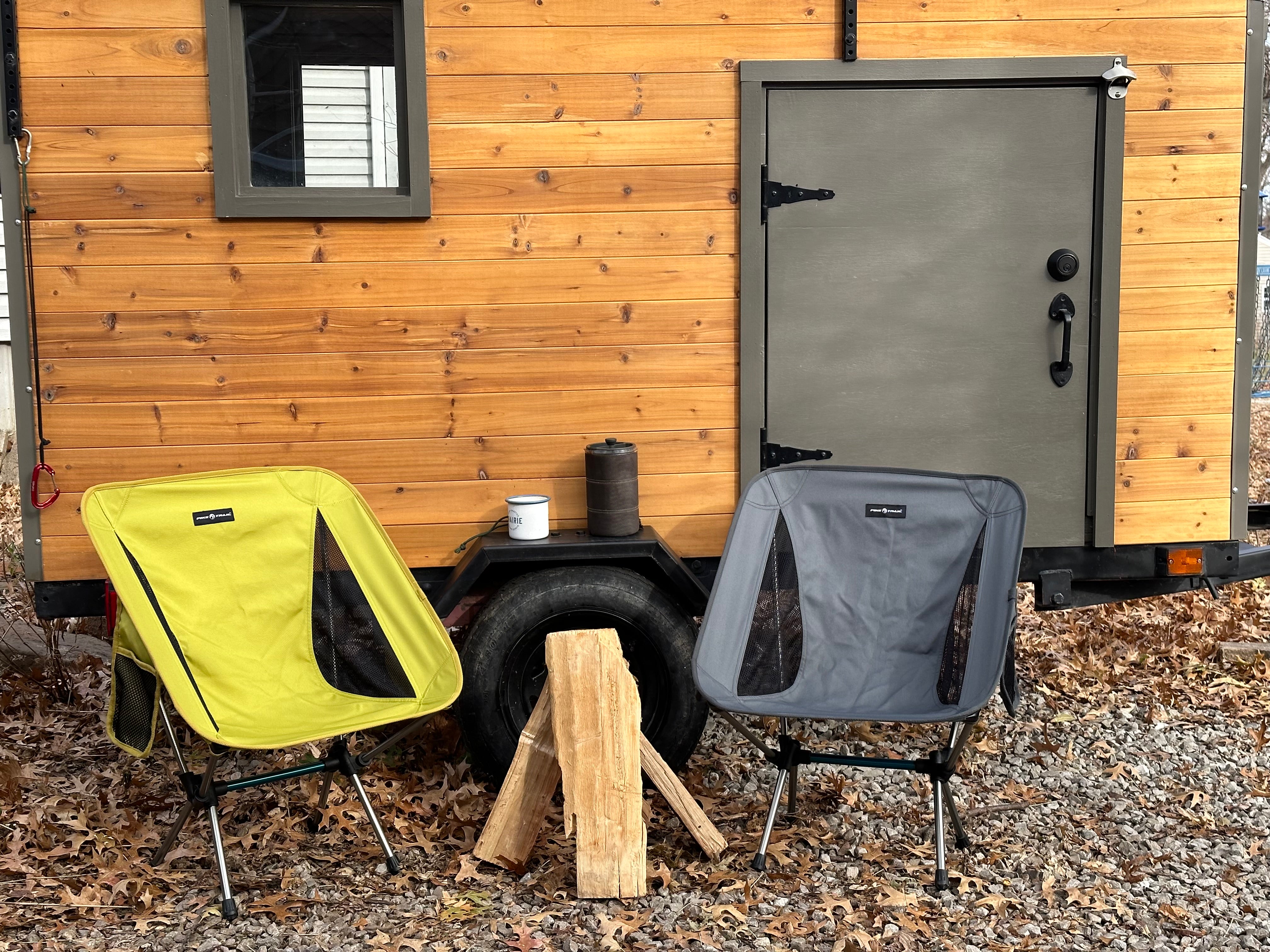Should You Choose DIY Elk and Mule Deer Hunting?
A guided hunt can be an amazing experience, with all the benefits of a professional’s expertise and an all-inclusive package. However, guides and their services come at a cost — typically a high one — that can make a DIY alternative very appealing. Hunters on a budget and those who prefer to take the lead embrace DIY elk and mule deer hunting. The DIY approach requires considerable preparation and should not be taken lightly. Here’s an overview of DIY elk and mule deer hunting to help you decide if it’s the right approach for you.
Elk and Mule Deer Hunting Is Hard!
Experienced hunters understand that all big game hunting is hard, with a pretty low chance of success. Keep your expectations realistic and understand that a well-planned and executed hunt is a desirable experience, even if you don’t bag that mule deer or elk.
If you’re a beginner considering elk or mule deer hunting, know that mule deer are the easier target. Mule deer cover more varied terrain than elk, including lowlands and open country, making for easier-to-traverse hunting grounds. Elk are among the largest deer species in North America, with bull elk reaching up to 10 feet long and often exceeding 1,000 pounds. They are faster, with greater endurance and denser muscles than mule deer, making them considerably harder to kill. Elk also inhabit tougher terrain, sticking mostly to deep forests and higher elevations.
Beginners really benefit from a guide’s expertise but shouldn't rule out the DIY alternative. The next best option is to pursue your first DIY deer hunt with more experienced friends or family members or look into an apprentice hunter program. It's definitely possible to acquire the necessary knowledge and skills over time. The DIY approach is rewarding because it forces you to learn, adapt and persevere. When you do it right, you're able to bring home healthy, organic meat to share with friends and family — an added benefit to the experience itself.
Knowledge and Skills for Elk and Mule Deer Hunting
Hunting elk and mule deer both require a broad set of knowledge and skills. Fortunately, most can be acquired or achieved given enough time and effort.
Physical Fitness
You must be physically fit, with both cardiovascular endurance and muscular strength, to withstand the rigors of elk or mule deer hunting. A typical hunt requires covering long distances over rugged terrain, often at high elevations and in difficult conditions, over multiple days and weather. You need to be strong enough to carry all your gear, and if you harvest an elk or mule deer, to pack out your meat and/or antlers. If you’re not in sufficient physical condition, start hitting the gym and going on longer, tougher hikes.
Outdoor Skills
Elk and mule deer hunting are usually multi-day adventures, requiring you to camp and cook out in the wilderness. If you’re a camping novice, prepare for your hunt by taking some camping and backpacking trips, ideally on similar terrain as your hunting grounds.
Hunting Skills
Both elk and mule deer hunting require considerable hunting skills, whether with a rifle, muzzleloader or bow. Elk, especially, will test your abilities. Get to know your method inside and out and hone your accuracy over long distances. With a DIY hunt, you’ll also be tracking and luring by way of calling the elk or mule deer, so read up and practice these skills too. Research your particular region, contact the local conservation agencies for specifics to the game you intend to hunt.
Start Planning and Paperwork ASAP
Hunting is all about patience, and this applies to the pre-hunt planning process just as much as the actual adventure! The general season for deer hunting ranges from September to November, depending on the region, species and hunting method. For the best chance of success with elk hunting, plan to hunt during the rutting period. Your next opportunity for a DIY elk or mule deer hunt could be many months away or years away depending on the state's point system to obtain a tag permit. Fortunately, this gives you plenty of time to prepare.
The very first step in planning a DIY elk or mule deer hunt is to look up the local authority in the place where you will hunt. Find out the season dates and permit/tag/license requirements, read up on all the regulations and note the deadlines for submitting paperwork. Most mule deer and elk tags are available via lottery, with entries required well in advance of the season. Over-the-counter tags are often available too. Note that the process and fees might be different for out-of-state residents. One needs to pay particular attention to boundary areas, private ground and/or areas that don't allow your hunting method of choice.
You Need the Right Gear
The best gear for elk and mule deer hunting depends on the terrain, the climate and the weight you’re willing to carry. When you’re covering steep ground at high elevations, lightweight gear is key. On easier hunting grounds, you might be comfortable with the trade-off of a heavier pack with some extra items.
Hunting Methods, Optics and Tools
Make sure your gun, ammunition, broadhead and accessories are appropriate for big game. Elk require heavier grained bullets and broadheads designed for elk hunting. You’ll need optics — binoculars, spotting scope and a rangefinder — for long-range shooting, as well as a tripod, a sharp knife and pack-out game bags to remove the meat from the field. An elk bugle is handy, especially during rutting season. Optional extras include a multi-tool and knife sharpener. A first aid kit is essential.
Bring both digital (eg. www.onXmaps.com) and printed maps, of your hunting grounds. A hunting app, GPS unit and physical compass are good to have as well, and you should always have a reliable communication device such as a satellite phone in remote areas. Have your hunting license and other paperwork, plus your I.D., on hand at all times.
Clothing and Footwear
Do not skimp on clothing and footwear that’s high quality and appropriate for the weather and terrain. Your clothing needs to be tactical, durable, lightweight, warm and breathable. Don’t forget your hunter orange hat and vest as it applies to your region.
Rain gear is often essential during an elk or mule deer hunt. Keeping your feet dry and comfortable is vital to a positive experience. In addition to sturdy, waterproof boots, add a pair of Pike Trail Hunting Leg Gaiters for another layer of waterproof protection on your lower leg. These will also keep brambles and cactus needles off your pants and rocks and snow out of your boots. Even better, wear a pair of Pike Trail Waterproof Breathable Socks for the most advanced protection. Yes, these socks are 100% waterproof and essentially act as duck waders for your feet. You can stand in the middle of a stream with them on, and your feet will not get wet.
Camping Gear
As with backpacking, your choice of camping gear will involve a balance of weight and comfort. The more comfort items you want to bring, such as a thicker sleeping pad and folding camp stool, the heavier your pack will be. Look for useful items designed to be lightweight and extra warm, such as the Pike Trail Sleeping Bag Liner. It offers a great deal of extra comfort without adding noticeable weight.
Make sure your sleeping bag is rated for the climate of your hunting grounds and that your tent is lightweight and in good condition. Don’t forget a camp stove and fuel, headlamp or flashlight, and spare batteries.
Ready for a DIY Hunt?
There’s a LOT of preparation required leading up to a DIY elk or mule deer hunt, but the rewards, memories and experience you gain will last a lifetime.
The team at Pike Trail knows that the right gear is key to planning the best outdoor experiences. Check out their line of top-quality, field-tested products for your next adventure.






